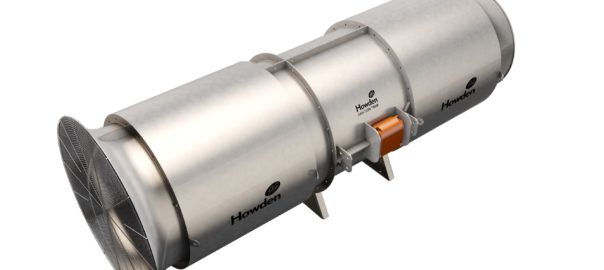Howden has launched the Ventsim CONTROL™ Service desk, a “powerful communications centre” designed to, it says, strengthen customer operations’ support.
As part of its new service, every customer request will generate a code, creating a continuous queue of client requests with all necessary data. The reported issue is either resolved on the spot or escalated to a specialist, as appropriate.
“We track every incident reported, whether a software anomaly, a new feature, to suggest an improvement, or anything else,” Howden explained. “In that way, we make every effort to ensure that all requests are appropriately reviewed, prioritised and forwarded to the right team member.”
The Service desk serves as a centralised location for all customer communications, with the customer kept up-to-date on the request progress. Concerns are addressed and resolved as promptly as possible, the company explains.
Ventsim CONTROL, a software platform provides ventilation design capabilities for control and optimisation, is fully integrated with Ventsim DESIGN, a mine ventilation simulation software. It communicates to hardware devices to remotely monitor, control, and automate airflow, heating, and cooling.









